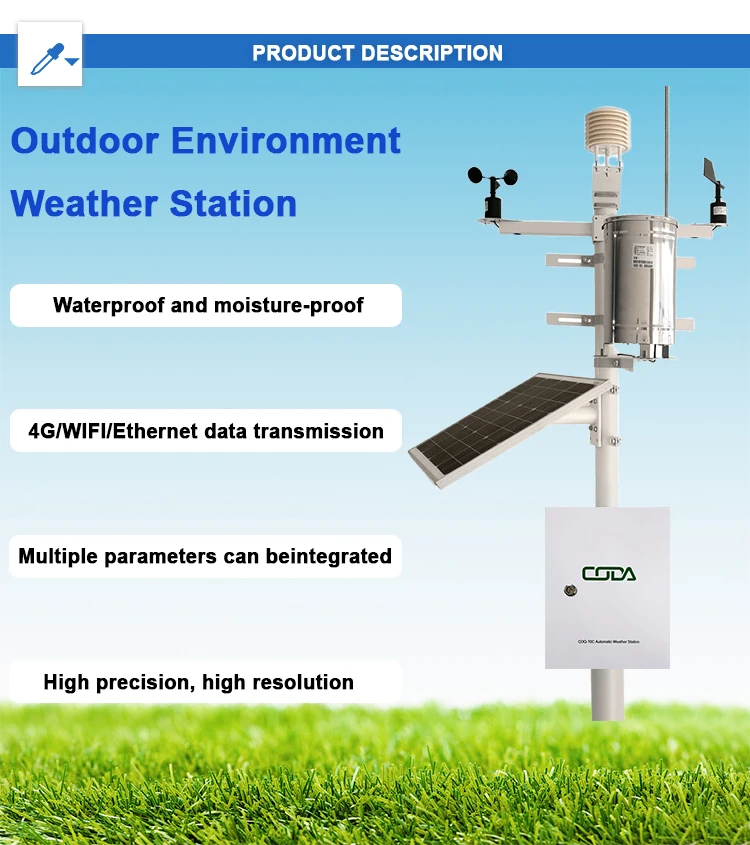
# Automatic Weather Station: Definition and Functionality
What is an Automatic Weather Station?
An Automatic Weather Station (AWS) is a modern meteorological system designed to automatically collect and transmit weather data without requiring constant human intervention. These stations are equipped with various sensors that measure atmospheric conditions such as temperature, humidity, wind speed and direction, rainfall, barometric pressure, and solar radiation.
Key Components of an AWS
A typical automatic weather station consists of several essential components:
- Sensors: Specialized instruments that measure specific weather parameters
- Data logger: A device that records and stores measurements from the sensors
- Power supply: Usually solar panels with battery backup for remote operation
- Communication system: Transmits data to central servers via radio, cellular, or satellite
- Mounting structure: Supports and positions sensors at proper heights
How Automatic Weather Stations Work
The functionality of an AWS follows a systematic process:
- Sensors continuously monitor environmental conditions
- Measurements are converted to digital signals
- The data logger collects and timestamps all readings
- Information is transmitted at regular intervals to a central database
- Data undergoes quality control before being made available to users
Applications of Automatic Weather Stations
Automatic weather stations serve numerous important purposes:
- Weather forecasting: Providing real-time data for accurate predictions
- Agriculture: Helping farmers make irrigation and planting decisions
- Aviation: Ensuring flight safety with up-to-date weather information
- Climate research: Collecting long-term data for climate change studies
- Disaster warning: Detecting severe weather conditions early
Advantages of Automatic Weather Stations
Compared to traditional manual weather stations, AWS offer several benefits:
- Continuous operation with minimal human intervention
- Higher frequency of data collection (often every minute)
- Ability to operate in remote locations
- Reduced human error in measurements
- Real-time data availability
- Lower long-term operational costs
Future Developments in AWS Technology
The field of automatic weather stations continues to evolve with technological advancements:
- Integration with IoT (Internet of Things) platforms
- Improved energy efficiency and smaller footprints
- Enhanced sensor accuracy and reliability
- Advanced data analytics and machine learning applications
- Greater network density for hyperlocal weather monitoring
Keyword: what is automatic weather station